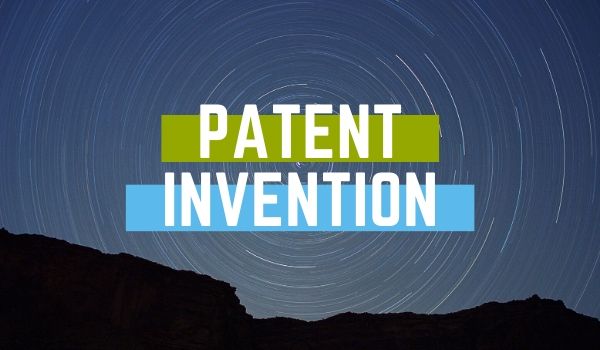Of course, if a patent issues, a person of ordinary skill is legally prohibited from making and using your invention for the term of the patent. The detailed description, however, need not be a production specification.
The description usually references the various figures and numbered elements provided in the figures. The description in conjunction with the other parts of the application must describe or provide the best mode of the invention (or in other words the preferred configuration of the invention as it is known to the inventor at the time of filing) as shown on https://www.glassdoor.com/Reviews/InventHelp-Reviews-E152162.htm.

The actual scope of protection provided by a patent is defined by the claims alone. However, the detailed description is used to help interpret the claims. For instance, if a term in the claims is ambiguous, it is often necessary to review the detailed specification to determine how the term was defined.
Additionally, recent case law has moved in the direction of using the content of the detailed description to narrow the scope of the claims by adopting relatively narrow definitions of the claim terms consistent with their usage in the detailed description as explained on https://blogs.cornell.edu/react/inventhelp-taking-inventions-from-paper-to-the-global-marketplace-hinges-on-usp/.
Accordingly, a good detailed description not only discloses the preferred embodiments of an invention but also discusses any alternative embodiments that have been contemplated by the inventor. Further, concerning key elements of the invention and key terms used in the claims, language should be provided to broaden the definition of the elements and terms.